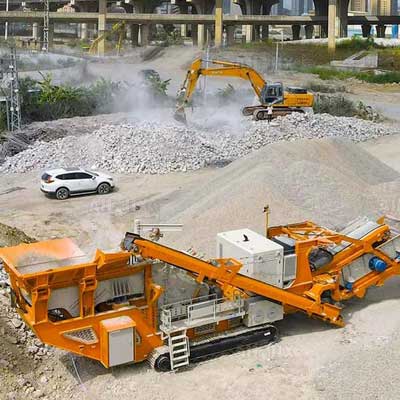


Explore the startup costs of a stone crusher plant, including essential equipment and hidden fees.
Setting up a stone crusher plant isn’t simply about hauling in a few machines and flipping the switch. It’s a labyrinth of logistics, a fiscal jigsaw puzzle that many underestimate—until the invoices pile up. Entrepreneurs entering the crushing business with stars in their eyes and spreadsheets in hand often find themselves ambushed by stone crusher plant cost they never anticipated. To navigate the terrain of this heavy-duty industry, a clear-eyed breakdown of real startup costs is non-negotiable.
The centerpiece of any stone crusher operation is the crushing equipment itself. This includes the jaw crusher, impact crusher, cone crusher, vibrating screen, and feeding system. Depending on output capacity and material hardness, prices fluctuate dramatically. A small-scale setup might cost $50,000, while mid-range configurations quickly scale past $150,000.
But the shopping list doesn’t end there. Ancillary systems like dust suppression units, automation panels, weighbridges, and belt conveyors are often relegated to afterthoughts. Yet these “add-ons” are critical to daily operations. Their absence becomes painfully clear when breakdowns stall throughput. While one might budget generously for a top-tier stone crusher plant for sale, many forget that operational harmony depends just as much on these supplementary tools.
A stone crusher plant without paperwork is a lawsuit waiting to happen. Getting legally operational requires a gauntlet of regulatory approvals. You’ll need a mining lease or land conversion permit, local municipal permissions, and a no-objection certificate from the pollution control board. Each of these involves not just fees, but time, inspections, and often, third-party consultancy charges. Bureaucracy is not cheap.
And let’s not forget environmental compliance. Depending on your jurisdiction, you may be asked to install noise barriers, implement green belts, or commission dust and emission audits. Initial testing, certification, and ongoing monitoring—these all add to the bottom line, and none are optional. Non-compliance risks operational shutdowns, not just fines.
Few entrepreneurs calculate the price of power poles or site fencing when pitching their crusher plant business. But infrastructure can be a silent predator. Bringing electricity to a rural site, laying water lines, and building drainage systems often incurs as much as $20,000–$40,000 in early-stage spending. Even temporary office shelters, security posts, and storage containers draw funds.
Then there’s manpower. Skilled operators, maintenance crew, and electricians demand not just salaries, but training and onboarding. Add the cost of safety gear, uniforms, and statutory insurance, and your “lean” labor budget suddenly looks bloated.
Lastly, there’s depreciation—often misunderstood, always underestimated. Wear parts for crushers aren’t immortal. Jaws, liners, and screens wear fast, especially under coarse material loads. A realistic maintenance fund must be built into the early cost model.
In truth, the sticker price of a crusher is only the beginning. The real cost is measured in layers—metal, law, earth, and human. Missing even one layer means bleeding money later. For those bold enough to enter the stone crushing arena, preparation must be brutal in its honesty. Anything less, and the rocks won’t be the only thing getting crushed.
